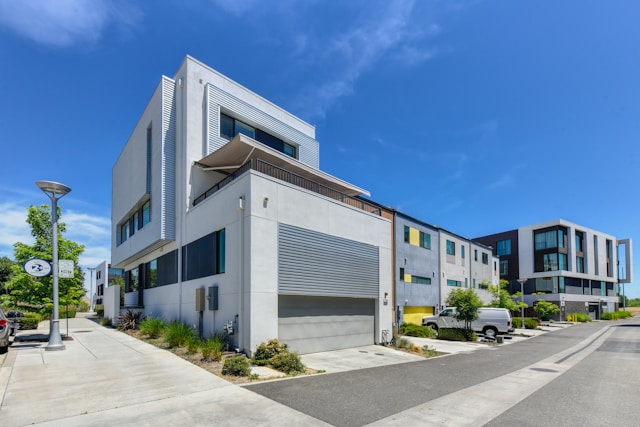If you’re still new to real estate syndication or unsure about which type of asset to invest in, you’re not alone. Many investors find themselves in this position, either learning the ropes or contemplating their next move. On the other hand, if you’ve already invested alongside me, you might be wondering how to further diversify your portfolio and which assets to prioritize. Regardless of where you are in your investing journey, I’ve got some fantastic news for you!
In this guide, I’ll take you through the process of establishing a diversified and complementary commercial real estate syndication portfolio. By the time you finish reading, you’ll have a clear understanding of what to look for next, enabling you to make informed investment decisions.
Creating a Diversified Portfolio Based on Asset Class
The key to building a diversified portfolio is to select assets that are uncorrelated yet complementary. Over the years, I’ve identified three distinct asset classes that offer exceptional opportunities based on factors such as cash flow, tenant demand, and operational strategies.
Multifamily Properties:
Starting with multifamily properties, these have been a cornerstone of my investment strategy. Multifamily units offer a unique position in the housing market, catering to a broad spectrum of renters. From Class A luxury apartments to Class C affordable housing, there’s ample room for diversification within this asset class.
What sets multifamily properties apart is their potential for value appreciation through strategic renovations and upgrades. By repositioning neglected communities and enhancing amenities, operators can increase rental income and attract higher-quality tenants. With turnover typically occurring annually, multifamily properties offer consistent cash flow and long-term growth potential.
Self-Storage Facilities:
Self-storage facilities have undergone significant advancements in recent years, making them an attractive addition to any real estate portfolio. With features such as remote monitoring, keyless access, and mobile app integration, today’s storage units offer convenience and security to tenants.
While the per-unit rent may be lower compared to multifamily properties, self-storage facilities benefit from economies of scale, housing hundreds of units on a compact footprint. Turnover is swift, with minimal maintenance required between tenants. Additionally, self-storage units come in various sizes and configurations, allowing for diversification within the asset class itself.
Mobile Home Parks (MHPs):
Once considered a niche investment, mobile home parks have gained popularity as a stable source of cash flow. As the last bastion of affordable housing with limited new development, MHPs offer investors a unique opportunity for long-term appreciation.
Unlike traditional rental properties, mobile home park residents own their homes but lease the land, creating a stable revenue stream for park owners. Operators can improve profitability by transitioning park-owned homes to tenant-owned units, thereby increasing occupancy and reducing turnover. With low vacancy rates and consistent cash flow, MHPs serve as a valuable component of a diversified real estate portfolio.
Building a Diversified Portfolio with Three Asset Types
By strategically allocating your investments across multifamily properties, self-storage facilities, and mobile home parks, you can achieve significant diversification within your portfolio. Moreover, by diversifying across various asset classes, property types, and geographic locations, you can further mitigate risk and enhance long-term returns.
While building a diversified portfolio takes time and careful planning, it’s essential to have a clear vision of your investment goals. Whether you aim to build a robust portfolio of syndications across the United States or start with a single multifamily property, having a strategic approach will set you on the path to success.
For beginners, I recommend starting with a multifamily syndication opportunity and gradually adding additional asset types and classes as your understanding of real estate investing grows. With diligence and patience, you can build a diversified portfolio that generates consistent cash flow and appreciation over time.




